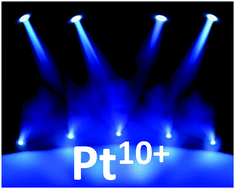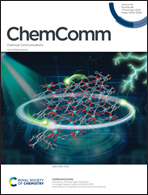Abstract
A series of pentaatomic species has been investigated theoretically with relativistic DFT using the M06-L functional with both ZORA scalar relativistic correction, and including spin–orbit coupling effects. The distorted quasi-octahedral local minima for PtNO3+, PtN2O2 and PtN3O− corresponding to decavalent Pt were found to be unstable with respect to the elimination of O2, NO or N2. However, barriers surrounding these minima suggest that these species could be achieved under low-temperature conditions, similar to what was predicted for PtO42+ dications. Decavalent platinum sets the upper limit for high oxidation states of the chemical elements.



 Please wait while we load your content...
Please wait while we load your content...